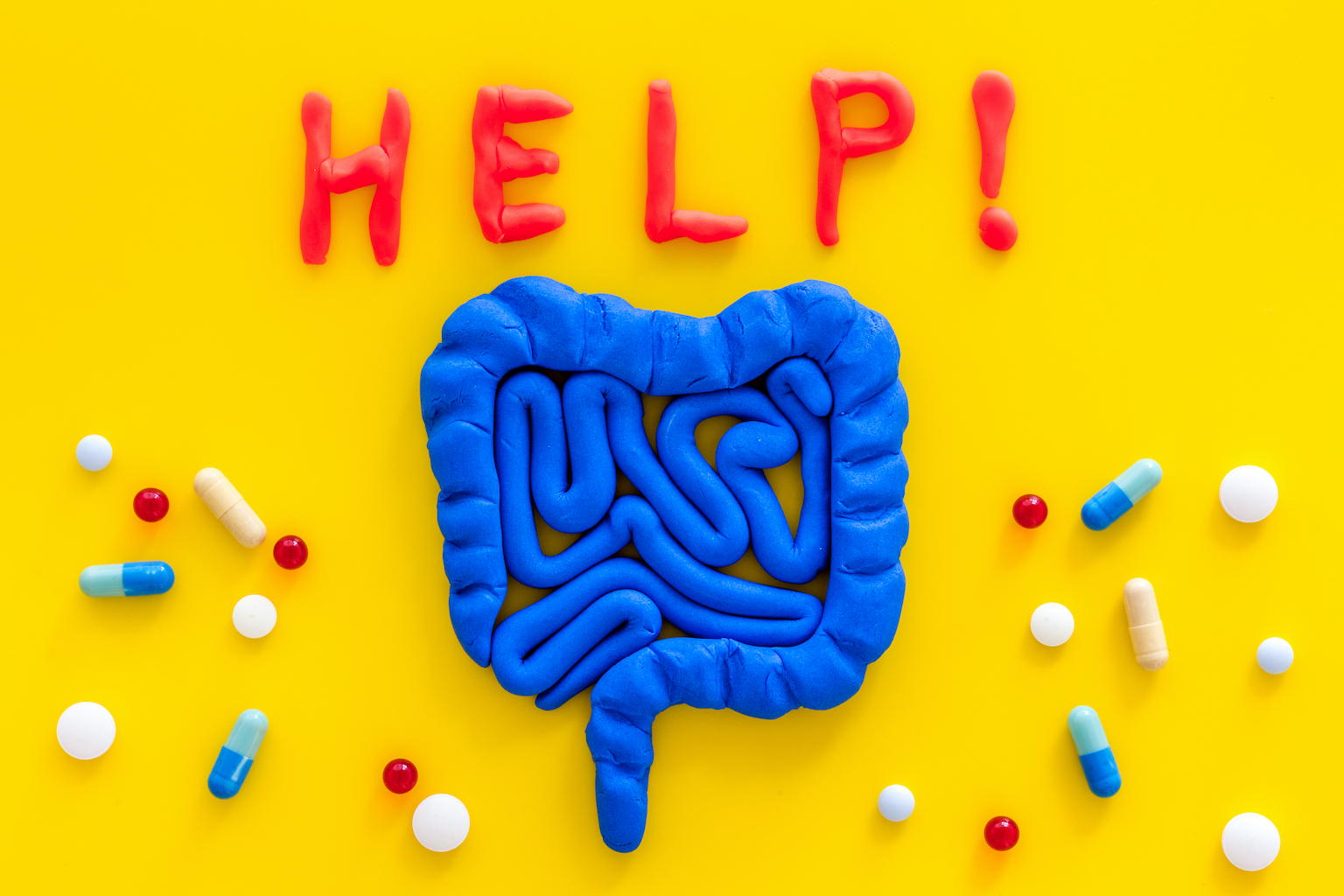Constipation is a common problem in the Western world. According to ELIGAST data, the prevalence of chronic constipation in the Greek population was found to be 16% (21% of women and 11% of men) (1). Also, the prevalence of constipation is more common in women than men (21% to 11%) and in older people (33%).
What Causes Constipation?
The main activity of the large intestine is the absorption of water from the foods we eat, as they travel through the gastrointestinal tract. Then it produces the feces. The muscles in the large intestine perform peristaltic movements to help move the feces to the colon and then to the rectum, from where they are excreted.
Nutrition plays an important role in this process. Consumption of fiber and adequate water intake are two necessary steps to treat constipation. Fiber is usually derived from plant foods and may or may not be water soluble. Water-soluble fibers are those that can be dissolved in water and thus an aqueous gel is formed, as they are transported through the gastrointestinal tract. Water-insoluble fiber remains almost unchanged as it passes through the gastrointestinal tract. Both types of fiber (water-soluble and non-water-soluble) agglomerate with the stool and increase their volume, while softening them, which facilitates passage through the anus.
Stress, changes in daily routine and conditions that reduce the activity of the intestinal muscles or reduce the need for defecation, also lead to constipation.
Constipation: Common causes
- Insufficient fiber intake
- Dehydration
- Absence of physical activity - sedentary life
- Ignoring the desire to use the bathroom
- Travel or routine changes
- Specific medications
- Pregnancy
Constipation: Symptoms
Although constipation is not a disease, it includes a variety of symptoms, which are related to the normal function of the colon and / or the defecation mechanism. It is characterized by the following:
- Less than three bowel movements per week: The "normal" number of bowel movements, however, varies from person to person
- Hard and dehydrated stools
- Pain and discomfort during defecation
- There is no relief, even after having used the bathroom
For which groups are the chances of constipation increased?
- People 65 years and older. At these ages the prevalence of constipation in Greece reaches 33%. This is due to reduced physical activity, underlying diseases, and a diet low in fiber.
- Lying down: People who are lying down often have difficulty defecating
- Women or children: The prevalence of constipation is higher in women than in men and children are more likely to have it than adults
- Pregnancy: Hormonal changes and organ stress due to pregnancy often lead to constipation
Ways of dealing with constipation
Changes in daily diet with the addition of fiber and the integration of exercise are the two most immediate and easy ways to correct the problem of constipation in the long run.
The following techniques, however, may be equally useful:
- Increase daily fluid intake, preferably water!
- Limit alcohol and caffeine consumption, which cause dehydration!
- Add fiber-rich foods to your diet, such as fruits and vegetables, plums, beans, whole-grain cereals etc. The daily consumption of fiber should be between 20 and 35 g.
- Reduce consumption of foods low in fiber, such as meat, milk, cheese and processed foods.
- Aim for 30' of daily exercise: walking, cycling, swimming, etc.
- If you feel the need to use the bathroom do not delay. The longer you wait, the harder the stools become.
- Try fiber supplements while drinking plenty of water, as it helps fiber pass through the gastrointestinal tract.
- Try dietary supplements with probiotics. Studies have shown that the use of specific strains of probiotics can be useful in the treatment of chronic constipation
- The use of laxatives should be done with caution and after consultation with your doctor, mainly to avoid their reckless use. Most laxatives are addictive to the body, which becomes accustomed to them and the gut cannot function normally without them. The safest laxative for use - even in pregnant women - is macrogol. Macrogol is the only osmotic laxative with a documentation level of 1 and a recommendation grade A, recommended for the treatment of constipation in adults, children and specialty patients, according to the World Gastroenterology Organization (WGO).



